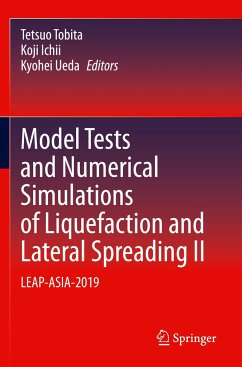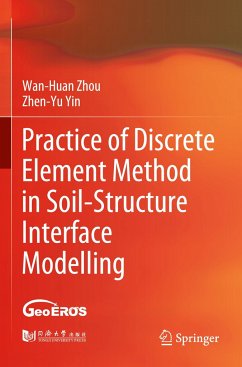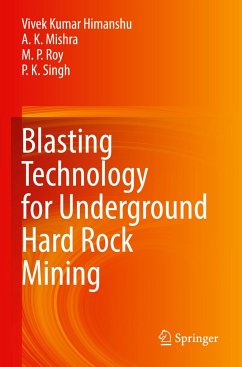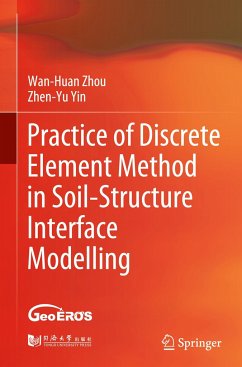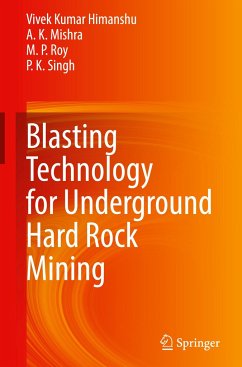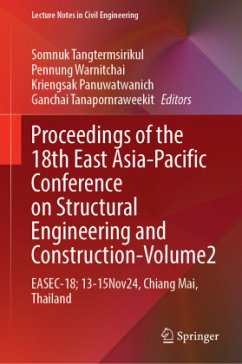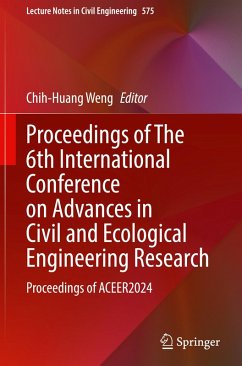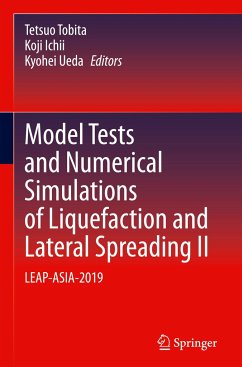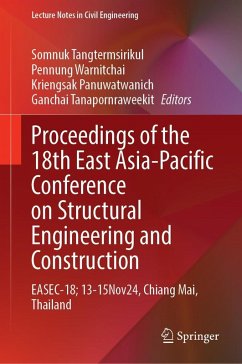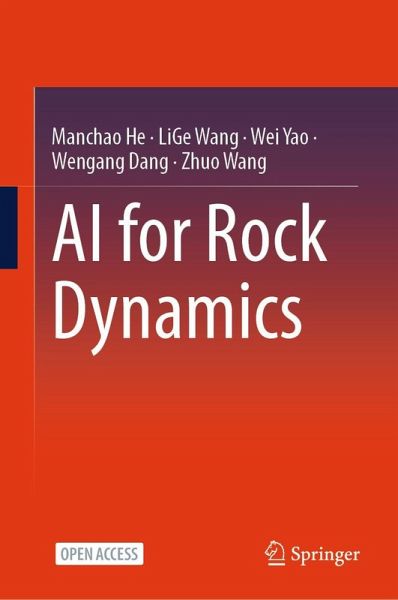
AI for Rock Dynamics
Versandkostenfrei!
Versandfertig in 6-10 Tagen
38,99 €
inkl. MwSt.

PAYBACK Punkte
19 °P sammeln!
This Open Access book covers various aspects in rock dynamics comprehensively, such as theoretical foundations, testing techniques, dynamic properties, stress wave propagation, rockburst dynamics, numerical simulation, and engineering applications.AI for Rock Dynamics is a groundbreaking Open Access monograph that redefines publishing through Luffa AI, a China-developed large language model (LLM). Set to captivate at the London Book Fair 2025, it marks a transformative milestone in rock mechanics and beyond. Covering theoretical foundations, testing instruments, numerical simulation, and engin...
This Open Access book covers various aspects in rock dynamics comprehensively, such as theoretical foundations, testing techniques, dynamic properties, stress wave propagation, rockburst dynamics, numerical simulation, and engineering applications.
AI for Rock Dynamics is a groundbreaking Open Access monograph that redefines publishing through Luffa AI, a China-developed large language model (LLM). Set to captivate at the London Book Fair 2025, it marks a transformative milestone in rock mechanics and beyond. Covering theoretical foundations, testing instruments, numerical simulation, and engineering applications, it s an essential resource for professionals in civil engineering, mining, and geology alike. Its clear presentation, illustrations, and practical insights make it pivotal for tackling rock mechanics challenges.
Unique for its homegrown LLM, it showcases Chinese AI s potential to advance research. As China s first LLM-powered book, it revolutionizes knowledge production, organization, and dissemination. This landmark was achieved through a strategic partnership between CNPIEC Kexin Technology, CSRME, and Springer Nature, unprecedentedly integrating cutting-edge technology, academic expertise, and global publishing prominence.
Published as Open Access, it democratizes knowledge, fostering collaboration and innovation. The first of its kind signifies AI s potential to transform publishing, streamlining content creation and enhancing dissemination. AI for Rock Dynamics is a beacon of progress, uniting technology and academia to push knowledge boundaries with concerted efforts.
Please Join us in celebrating this historic achievement and witness the dawn of AI-powered publishing.
AI for Rock Dynamics is a groundbreaking Open Access monograph that redefines publishing through Luffa AI, a China-developed large language model (LLM). Set to captivate at the London Book Fair 2025, it marks a transformative milestone in rock mechanics and beyond. Covering theoretical foundations, testing instruments, numerical simulation, and engineering applications, it s an essential resource for professionals in civil engineering, mining, and geology alike. Its clear presentation, illustrations, and practical insights make it pivotal for tackling rock mechanics challenges.
Unique for its homegrown LLM, it showcases Chinese AI s potential to advance research. As China s first LLM-powered book, it revolutionizes knowledge production, organization, and dissemination. This landmark was achieved through a strategic partnership between CNPIEC Kexin Technology, CSRME, and Springer Nature, unprecedentedly integrating cutting-edge technology, academic expertise, and global publishing prominence.
Published as Open Access, it democratizes knowledge, fostering collaboration and innovation. The first of its kind signifies AI s potential to transform publishing, streamlining content creation and enhancing dissemination. AI for Rock Dynamics is a beacon of progress, uniting technology and academia to push knowledge boundaries with concerted efforts.
Please Join us in celebrating this historic achievement and witness the dawn of AI-powered publishing.



